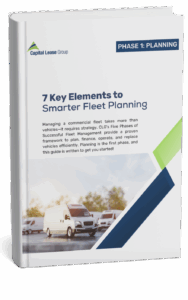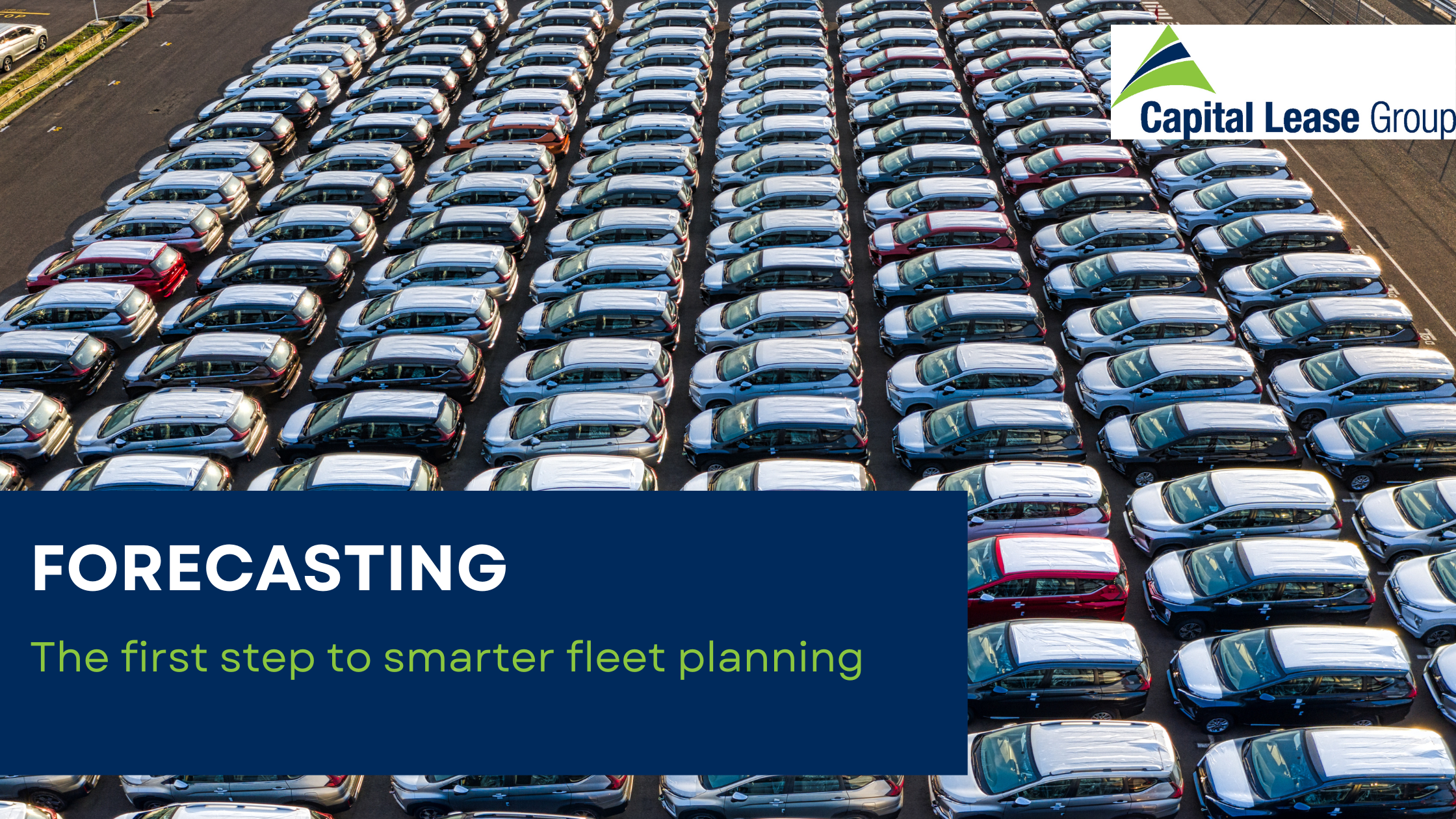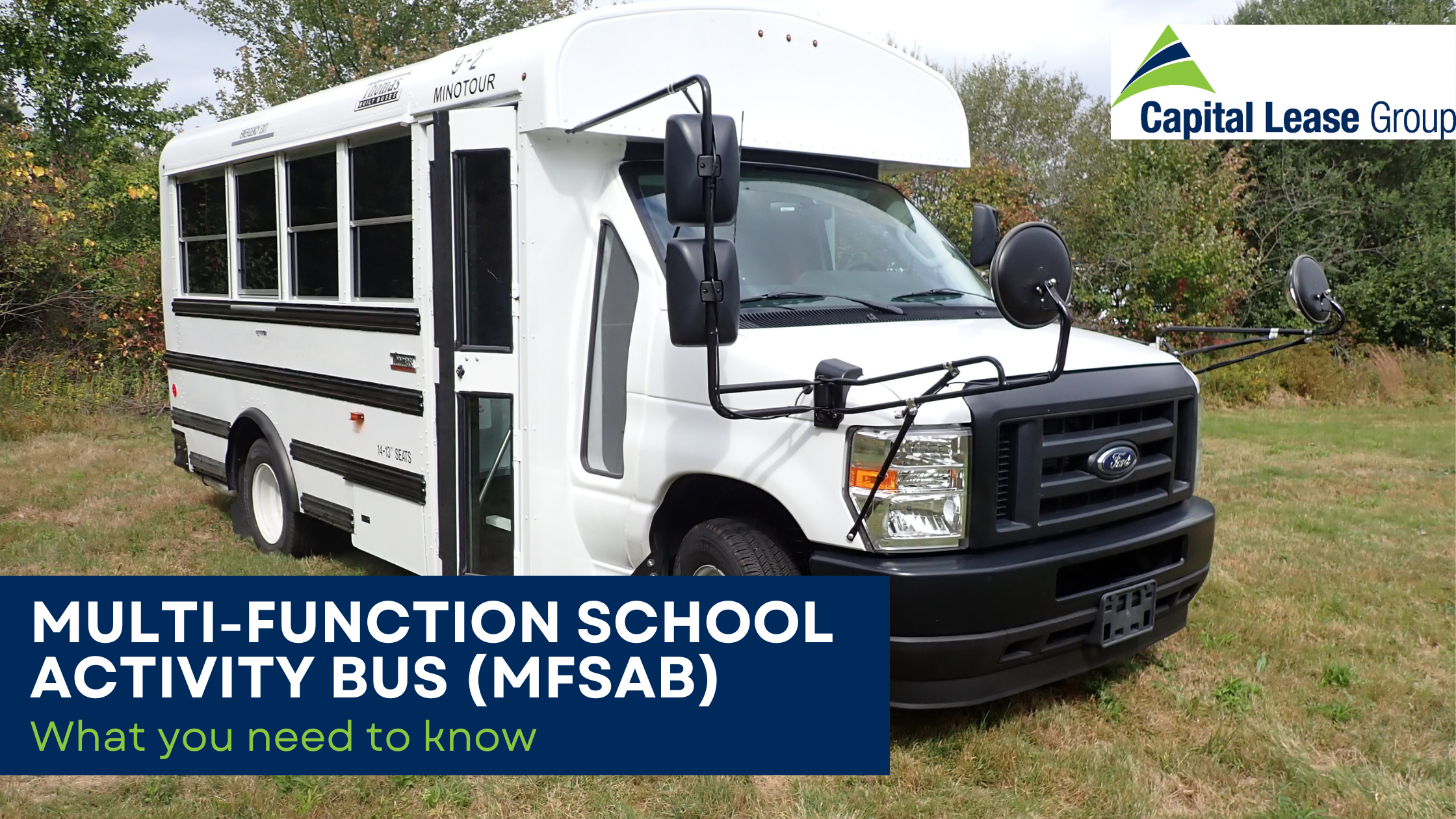Fleet Forecasting: The First Step to Smarter Vehicle Planning
When it comes to managing a commercial fleet, the biggest mistake organizations make is planning for today’s needs instead of tomorrow’s reality. Vehicles have long lifecycles, and every purchase you make this year will impact your budget, operations, and performance for years to come. That’s why the first—and arguably most important—step in smarter fleet planning is forecasting growth or decline.
Look Beyond the Windshield
Whether you manage vehicles for a school system, a service business, or a nonprofit, your organization is constantly evolving. Are you planning to expand programs or services? Launching new routes? Opening additional locations? Or are you facing budget constraints, downsizing, or shifting focus?
Accurate fleet forecasting requires more than a “gut feeling.” It’s about taking a structured look at your organization’s plans and using that information to project future vehicle needs. Even modest changes in demand can significantly affect how many vehicles you’ll need, what types they should be, and when you’ll need to replace them.
Why Forecasting Matters
Skipping this step often leads to expensive, reactive decisions—like scrambling to replace vehicles after breakdowns or missing OEM order windows and paying retail prices. On the other hand, proactive forecasting allows you to:




Start with These Questions
To forecast accurately, ask your team:
Where will our operations be in 12, 24, and 36 months?
Are we expecting growth, contraction, or service changes?
Will new regulations, funding changes, or market shifts affect how many vehicles we need?
How might technology or service delivery evolve — and how should our fleet adapt?
These insights help you build a roadmap so your fleet evolves with your organization, not behind it.
Take Control of the Road Ahead
At Capital Lease Group, we work with organizations every day to build proactive fleet strategies — from forecasting and budgeting to acquisition and lifecycle management. It all starts with a plan.

Or, if you’re ready to talk specifics, let’s schedule a conversation about your fleet strategy. Our team can help you align vehicles, budgets, and order timing with your long-term goals.
Download our free guide, “7 Key Elements to Smarter Fleet Planning"


 [
[

